Indoor Visible Light Localization Algorithm Based on KNN and Bayesian Algorithm
DOI: 10.23977/jeis.2024.090114 | Downloads: 16 | Views: 125
Author(s)
Pang Hua 1, Cui Dongkai 1, Wang Xin 1
Affiliation(s)
1 Henan Polytechnic University, Jiaozuo, China
Corresponding Author
Pang HuaABSTRACT
In this paper, based on KNN and Bayesian algorithm, the basic algorithm principle of KNN (WKNN) and Bayesian is expounded. Because the KNN and Bayesian algorithm develop the signal intensity matching strategy from the perspective of mean error and probability, so one of the single algorithm can not better cope with the complex and changeable positioning scenario. For this problem, this paper proposes a new signal intensity matching criterion based on the fusion of two algorithms. The main idea of the algorithm is to change the traditional weighting method in WKNN to the weighting method considering Bayesian estimation results. In order to verify the effectiveness of the fusion algorithm, the existing visible light indoor positioning algorithm based on fingerprint recognition is compared, and the fusion algorithm based on KNN and Bayesian algorithm is proposed. This improved algorithm not only reduces the complexity of Bayesian algorithm, but also significantly improves the positioning accuracy of WKNN algorithm.
KEYWORDS
Visible light communication; Wireless localization; Visible light; Indoor positioning; Fingerprint localization; WKNN; Fusion algorithmCITE THIS PAPER
Pang Hua, Cui Dongkai, Wang Xin, Indoor Visible Light Localization Algorithm Based on KNN and Bayesian Algorithm. Journal of Electronics and Information Science (2024) Vol. 9: 95-102. DOI: http://dx.doi.org/10.23977/10.23977/jeis.2024.090114.
REFERENCES
[1] Hong, Wei, et al. "Multibeam antenna technologies for 5G wireless communications." IEEE Transactions on Antennas and Propagation 65.12 (2017): 6231-6249.
[2] Yang, Se-Hoon, Eun-Mi Jung, and Sang-Kook Han. "Indoor location estimation based on LED visible light communication using multiple optical receivers." IEEE Communications Letters 17.9 (2013): 1834-1837.
[3] Xu, He, et al. "An RFID indoor positioning algorithm based on Bayesian probability and K-nearest neighbor." Sensors 17.8 (2017): 1806.
[4] Huan, Hai, et al. "Indoor location fingerprinting algorithm based on path loss parameter estimation and bayesian inference." IEEE Sensors Journal 23.3 (2022): 2507-2521.
[5] Deng, Zhi-An, et al. "Carrying position independent user heading estimation for indoor pedestrian navigation with smartphones." Sensors 16.5 (2016): 677.
| Downloads: | 6528 |
|---|---|
| Visits: | 253782 |
Sponsors, Associates, and Links
-
Information Systems and Signal Processing Journal
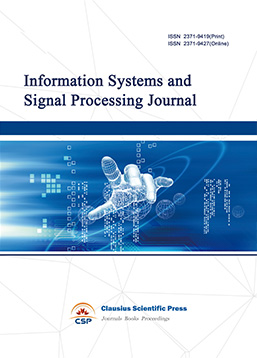
-
Intelligent Robots and Systems
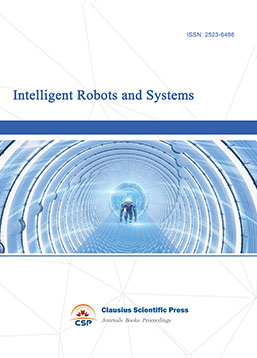
-
Journal of Image, Video and Signals

-
Transactions on Real-Time and Embedded Systems
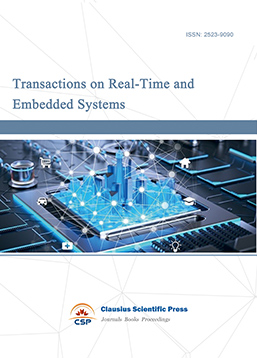
-
Journal of Electromagnetic Interference and Compatibility
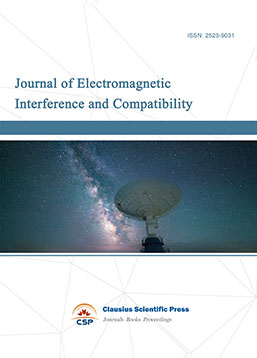
-
Acoustics, Speech and Signal Processing
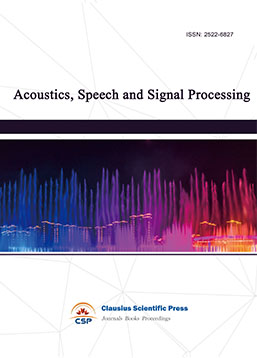
-
Journal of Power Electronics, Machines and Drives
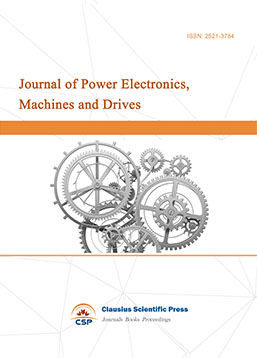
-
Journal of Electro Optics and Lasers
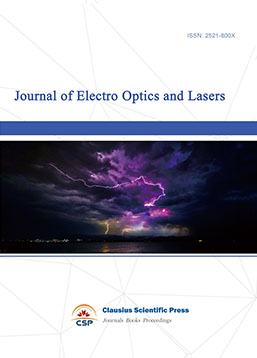
-
Journal of Integrated Circuits Design and Test
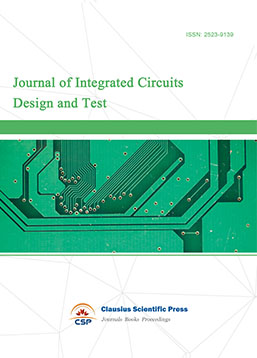
-
Journal of Ultrasonics

-
Antennas and Propagation
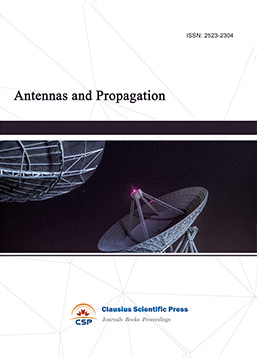
-
Optical Communications
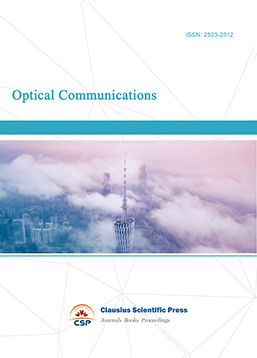
-
Solid-State Circuits and Systems-on-a-Chip

-
Field-Programmable Gate Arrays

-
Vehicular Electronics and Safety

-
Optical Fiber Sensor and Communication
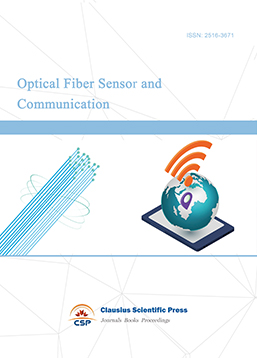
-
Journal of Low Power Electronics and Design
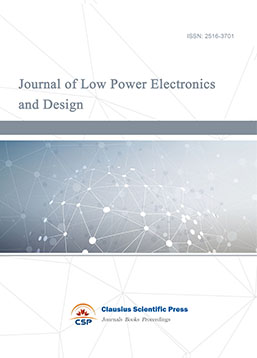
-
Infrared and Millimeter Wave
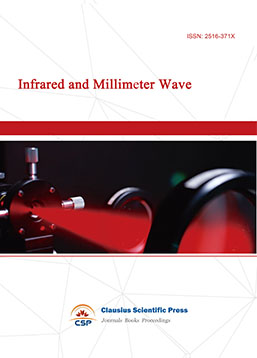
-
Detection Technology and Automation Equipment

-
Journal of Radio and Wireless

-
Journal of Microwave and Terahertz Engineering
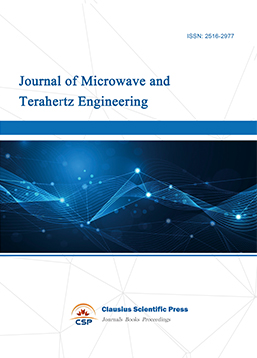
-
Journal of Communication, Control and Computing
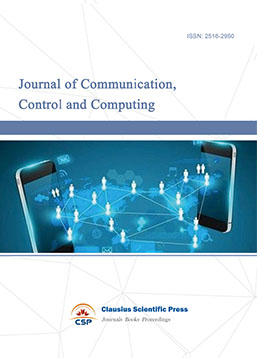
-
International Journal of Surveying and Mapping
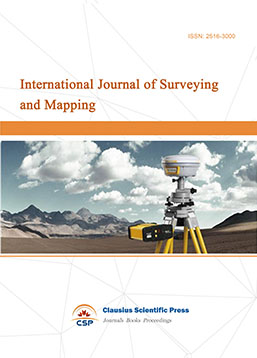
-
Information Retrieval, Systems and Services
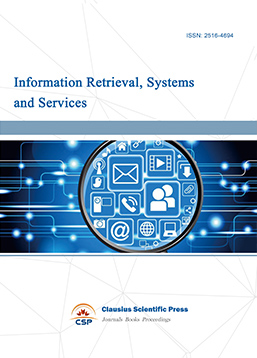
-
Journal of Biometrics, Identity and Security
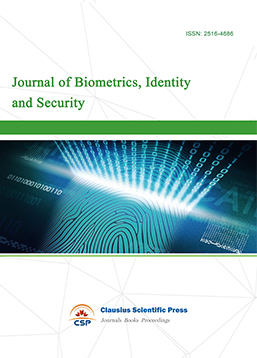
-
Journal of Avionics, Radar and Sonar
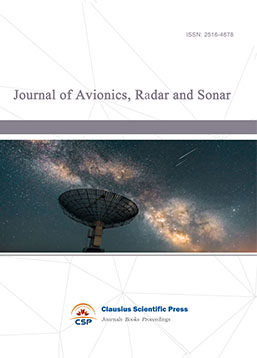

 Download as PDF
Download as PDF